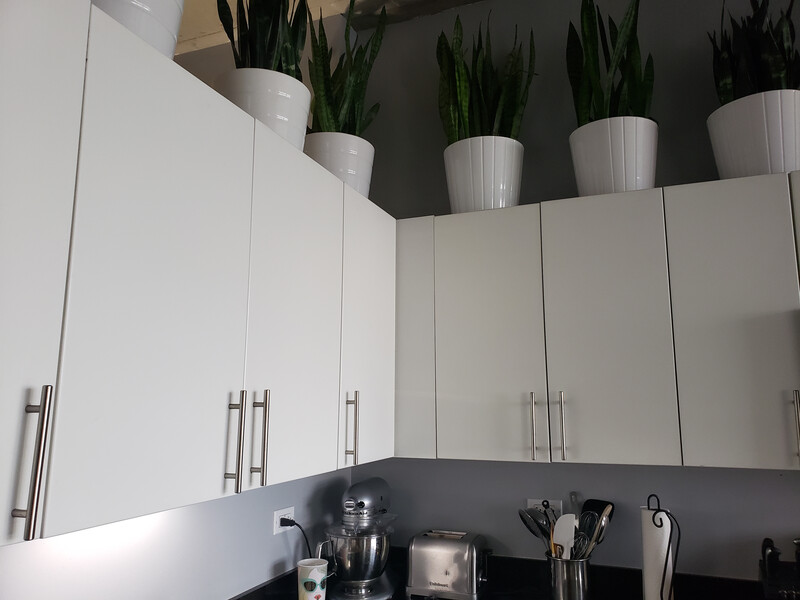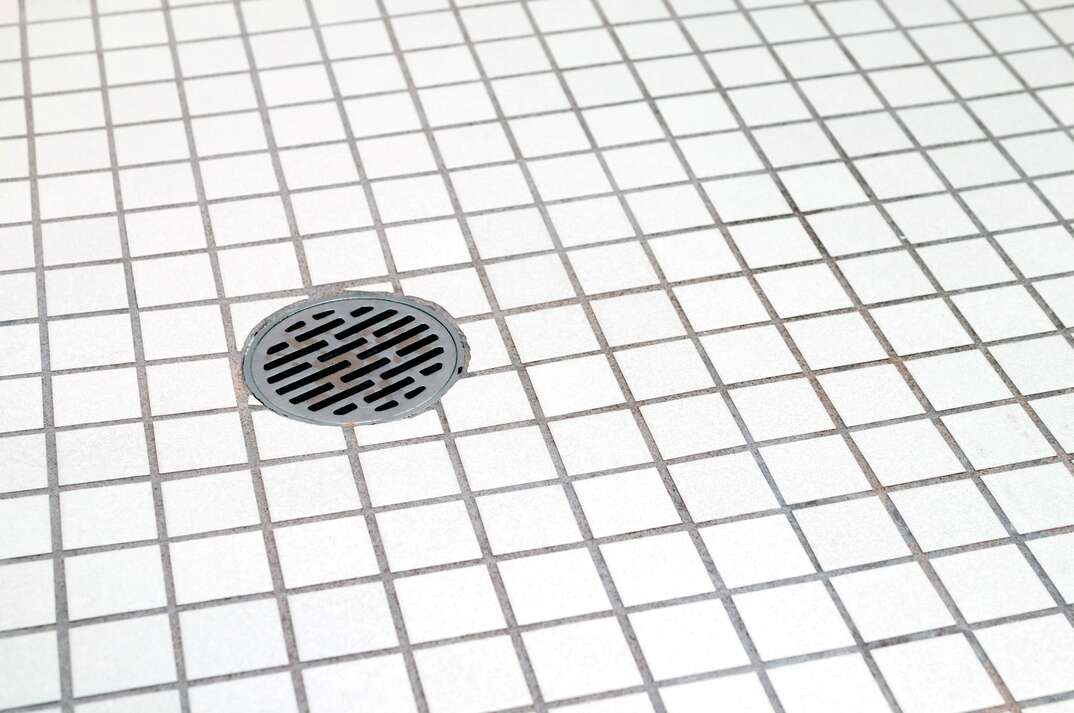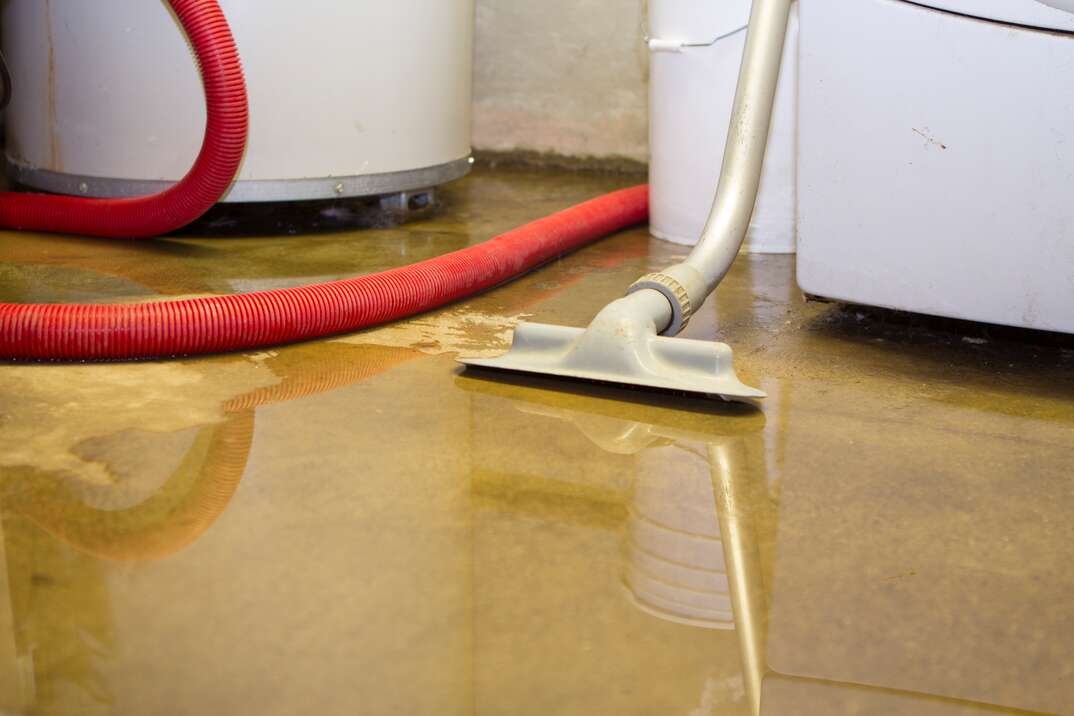Kitchen Cabinet Refacing: Pros and Cons

Are you considering giving your kitchen a new look? Among the various remodeling ideas available, refacing your kitchen cabinets is one of the best ways to renovate your kitchen and give it a refreshed look.
This May Also Interest You: How to Modernize Your Home With These Easy Upgrades
You may be wondering what exactly refacing entails, the costs involved and whether it's worth it. Read on to learn all about cabinet refacing, whether it's a worthwhile investment of time and resources, and how much you should expect to spend on refinishing cabinets versus refacing.
What Is Cabinet Refacing?
Cabinet refacing is the process of replacing cabinet skin panels to give your kitchen a dramatic new look. Your cabinets may be scratched or cracked, or you may simply desire a change — much like replacing a perfectly good smartphone with the latest model.
Refacing involves removing the drawer fronts and cabinet doors and applying a new veneer on the cabinets' carcass (body surfaces). The cabinet hardware comprising the cabinet hinges, handles and drawer pulls also get replaced.
Refacing requires a day or two and involves:
- Removing the existing cabinet doors, drawers and fronts, leaving the drawer boxes
- Covering the cabinet boxes' front portions with natural wood veneer or RTF (rigid thermofoil)
- Skinning the cabinet sides with wood veneer or laminate
- Adding new door hinges or reusing existing hinges in good condition
- Installing new doors and drawer fronts
- Installing new handles, drawer pulls and other fixtures or using the existing ones if they're in good shape
- Installing accessories such as glass panels, crown molding and lighting, if desired
Is It Worth It to Reface Kitchen Cabinets?
Remodeling your kitchen can be expensive, but refacing kitchen cabinets can save you money. The kitchen cabinets are a significant part of your kitchen's look, and replacing them can take up half of the entire remodeling budget.
With cabinet refacing, replacement kitchen cabinet doors and drawer fronts with solid wood doors can make a big difference. You can also cover the exposed cabinet face frames with matching wood or plastic veneer and then paint the cabinets. This will completely transform your kitchen's look at a significantly smaller budget.
Refacing takes only two to four days, and though no walls come down and no windows are added, the bright new surfaces can significantly change your kitchen's appearance.
You can even reconfigure the cabinet boxes to accommodate modern features such as wider and deeper drawers, a garbage drawer, and soft-close hardware on cabinet doors and drawers.
Should you ever choose to sell your house, kitchen cabinet refacing can be a great selling point. It uplifts your kitchen and makes your house look more appealing to buyers — both of which may justify an increase in the selling price. The cost to reface kitchen cabinets could prove to be a valuable investment in your home.
Pros and Cons of Refacing Kitchen Cabinets
Cabinet refacing has advantages and limitations, and it's best to consider these first before beginning your project. Below are the pros and cons of cabinet refacing.
The Pros of Refacing Kitchen Cabinets
- Retains a kitchen's layout: If your kitchen layout meets your needs and you'd like to keep it, refacing is an ideal option.
- Style options: Refacing provides varied veneer options for both natural woods and laminates.
- Cost-effectiveness: Refacing provides a new look for almost half the cost of new custom cabinets.
- Green remodeling: Refacing offers a more environmentally friendly option because it eliminates the disposal of cabinet boxes into landfills. Considering that most cabinet boxes are made of MDF (medium-density fiberboard), which contains formaldehyde, a hazardous chemical, retaining these cabinet boxes by opting for cabinet refacing is the more eco-conscious way to go. Retaining the same cabinets also has the save-a-tree value of eliminating the need to construct new cabinet boxes.
The Cons of Refacing Kitchen Cabinets
- Cost control: Although cabinet refacing is generally less expensive than springing for entirely new cabinetry, the costs associated with cabinet refacing can add up, especially if you're replacing hinges and hardware. This may make it so that the cost of refacing becomes comparable to a complete cabinet renovation.
- Potential challenges: While possible, a do-it-yourself option can be challenging because, although installing replacement cabinet doors and fronts is relatively easy, veneering is an acquired skill that may be best left to a professional.
- No space upgrade: If your current cabinets don't have enough storage space, refacing may not be a good option, as cabinet-box interior dimensions, countertop space and layout go unchanged during a refacing project.
Cost of Refinishing Cabinets Vs. Refacing
If done by a professional contractor, refinishing cabinets costs approximately 40% less than refacing, while refacing costs between 30-40% less than of the cost of installing quality off-the-shelf cabinets.
Cost of Refinishing Cabinets
Refinishing kitchen cabinets is way cheaper than refacing. It can cost $5 to $10 per square foot, including labor and materials, stain, varnish, lacquer and paint. Glaze is required for a vintage look, which costs $10 to $25 per square foot, and labor costs range between $35 and $75 per hour.
Pricing can vary depending on the number of cabinets, material type and design complexity. It's important to note that the best refinishing method is determined by the construction and materials quality.
Cost of Cabinet Refacing
Typically, most homeowners spend between $4,151 and $9,238 on refacing cabinets. Kitchen cabinet refacing costs are determined by:
- Materials used: Wood veneers cost $2,500 to $6,000, and you can choose from woods such as oak, birch or walnut. However, veneers tend to be more robust and more durable; hence, they cost 25% more than laminates. Plastic laminate costs $1,000 to $3,000, and so does a rigid thermofoil. Solid wood costs $5,000, significantly higher because homeowners trust it more — plus, when it wears out, it can easily be refinished or repaired.
- Hardware replacements: Cabinet handles cost $5 to $15. Prices vary, though, depending on the design and materials used.
Since we're all home now more than ever, being prepared for unexpected home repairs with a plan from HomeServe is important. Having a plan in place gives you the peace of mind knowing that you can simply call our 24/7 repair hotline for covered breakdowns. See what plans are available in your neighborhood.


